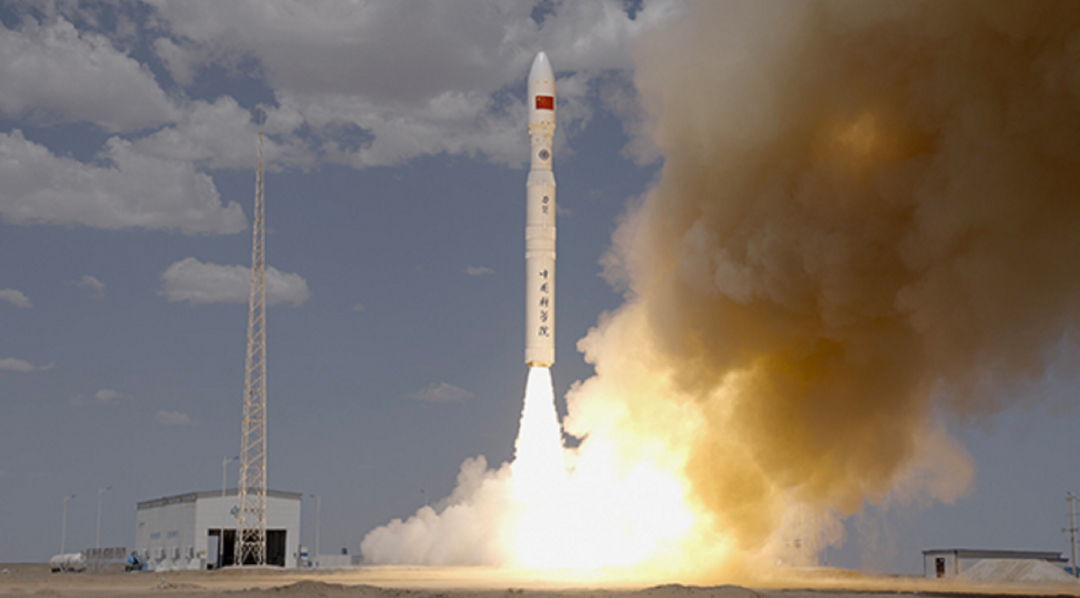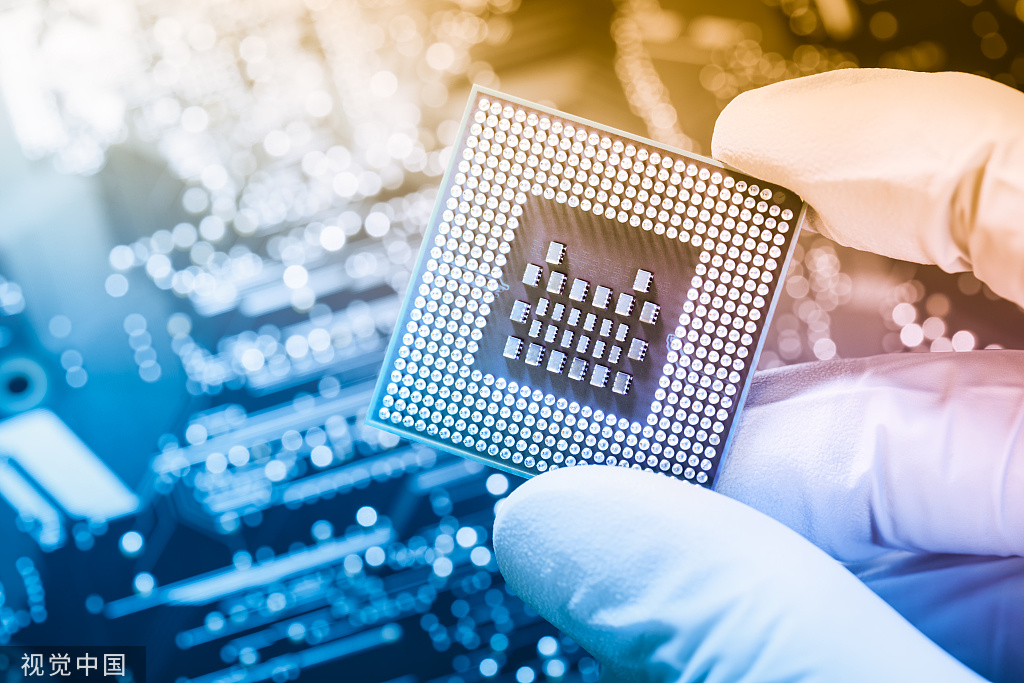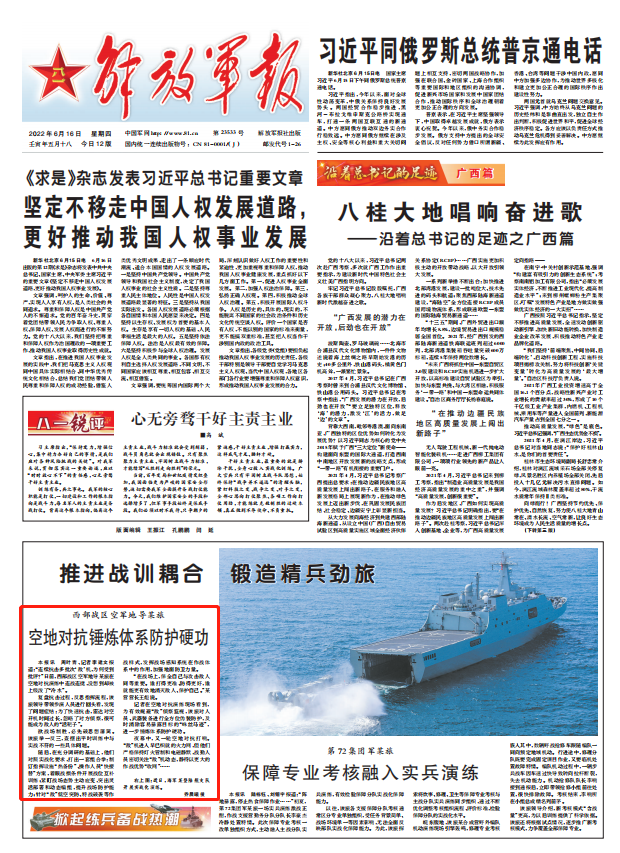Why is the Rockets designed as a multi -level structure?
Author:Institute of Physics of the Ch Time:2022.09.04
At 12:12 on July 27, 2022, the "ZK-1A) carrier rocket developed by the Institute of Mechanics of the Chinese Academy of Sciences was successfully launched at the Jiuquan Satellite Launch Center.
With the "one arrow and six stars", the six satellites were successfully sent to the scheduled orbit. As a priority of small and medium -sized satellite launch, it has enriched my country's solid carrier rocket launch capability.
"Lie Jian No. 1" carrier rocket is the first solid carrier rockets participated in the development of the Chinese Academy of Sciences and the Chinese Academy of Sciences. It is the largest solid carrier rocket in my country. In terms of launch capacity, track accuracy, design reliability, cost -effectiveness, etc., enter the world's advanced ranks.
This rocket is a fourth -level solid carrier rocket with a take -off weight of 135 tons, a take -off thrust of 200 tons, a total length of 30 meters, a core -diameter of 2.65 meters, a first -flight streaming diameter of 2.65 meters, and a 500 -kilometer sun synchronous orbit carrier capacity of 1500 kg.

"Lie Jian No. 1" launched successfully
So why is the Rockets designed as a multi -level structure, and what are the restrictions of a single level? So today we will analyze the principle of variable quality exercise.
The rocket will constantly spray the gas generated after the fuel burning during flight. The quality will continue to decrease. The dynamic equation cannot be described in the form of ordinary Newton's second law. Not gravity is not important, but it is usually an unchanged resistance part during the launch).
Assuming that the rocket is not subject to any external forces in vacuum, the sprayed gas is the relative speed VR size and constant direction and the opposite direction of the rocket movement. At a certain moment, the quality of the rocket system is M speeds V. At the next moment, the gas sprayed out at the next moment is gas. The quality is DM, the relative speed is VR, the quality of the rocket system is M-DM, and the speed is V+DV.
Go to the high -level small quantity:
Set the initial moment of the rocket system v = v0, m = m0, the points are scored
From this we can see that the speed increase of the Rockets is determined by two parts. One is to spray the speed of the gas, and the other is the quality of the initial quality of the rocket after burning. Among them, for the speed of the gas, we try to reach a higher value in fuel selection and injector design; and for the quality ratio of the second part, theoretically, the more fuel is installed, and the speed increases. The larger, but we can see that the formal form is getting more and more slowly, that is, the more fuel bands, the lower the efficiency of the increase in speed The larger the shell for installation of fuel, and the rocket's anti -push force at any time also increases the same speed increase. This part is actually "unnecessary", wasted Essence So on this basis, multi -class rockets were born. When the first -class rocket fuel was burned, they were thrown together with their shells, so that the rear -level rockets began to work.
With the foundation of the first -class rocket, we will consider the secondary rocket. Suppose it consists of three parts: first -class rockets, second -class rockets, and main parts. Among them, the quality of the first -level rocket is M1, and the fuel quality is KM1 (K is the quality of fuel quality than fuel and shell quality, usually as constant), the quality of the second -level rocket M2, the quality of the fuel is KM2, the main quality of the main body is part of the quality For MP. Then the first -level rocket is sprayed, and the speed increases
When the secondary rocket is sprayed, the speed increases
If we take m1 = m2 = 50MP, k = 0.8, VR = 3000m/s, we can be considered as an increase in total speed
And if we only use first -class rockets and use the same quality rocket and fuel, the speed increases only about 4711m/s.
The above secondary rocket system is calculated in the case where the quality of the first and secondary rockets is calculated. One problem we need to solve is that if the total quality M of the first and secondary rockets does not change, how to allocate the value of M1 and M2 Can the speed increase the greatest? The idea is to guide the M2 after adding V1 and V2.
We still take the above data, which is similar to M1 = 90MP, M2 = 10MP, then the total speed increases
It is much greater than the above -mentioned divisions.
Now we consider the general situation. The quality of the rocket is MP, and the quality of rockets at all levels is
The increase in the speed obtained when the first -level rocket is sprayed is
remember
The total speed increase can be represented as
So the question is. Under certain quality, how to allocate the quality of rockets at all levels to maximize the total speed? Or, on the other hand, it is known that we usually send the rocket subject to the scheduled track. How to choose the quality of rockets at all levels to make the overall quality of the rocket the smallest? The conclusion here first shows that the speed increases after the rocket is burned at each level of the Rockets. Writing into an expression is that for any i and j are satisfied
The derivation process is as follows, (if you are not interested, you can skip it):
First of all, there are constant styles
but
Parameter to the upper type
Usually the quality of the Rockets main body MP is given, under the scheduled speed vsum,
The minimum value of M, we use the Lagrangri multiplier method to make functions
Need to meet the conditions
Solutions have to
It can be found at this time
This is to require the rocket to increase the same speed after each level of burning.
(Prove the end) To send the artificial earth satellite with the main quality to MP into the track, it is necessary to reach the first cosmic speed of 7.8km/s. Quality m:
When n = 1, you need to be satisfied
Mo <0, that is, the next -level rocket cannot reach a speed of 7.8km/s.
When n = 2, you need to be satisfied
Solutions have to
When n = 3, you need to be satisfied
Solutions have to
The same reason can be obtained
When n = 4
When n = 5
When the N is larger, the less and less contribution to the reduction of quality, and the technical cost of connecting rockets at all levels will become larger and larger. For high -orbital artificial global satellites (such as Earth synchronous satellites), lunar detectors, planets and inter -planet detectors, level 4 rockets are often used.
references:
Harbin Institute of Technology theoretical mechanics teaching and research room. Theoretical mechanics (II). 8th edition [M]. Beijing: Higher Education Press, 2016: 156-163
Reprinted content only represents the author's point of view
Does not represent the position of the Institute of Physics of the Chinese Academy of Sciences
If you need to reprint, please contact the original public account
Source: science science
Edit: Tibetan idiot

- END -
What is the purpose of the seven Chinese entities?Expert: It may be related to the recent "chip bill"

[Global Times Reporter Fan Wei] The US Department of Commerce issued a notice on i...
The Western Theater Air Force Guide a brigade: The hard work of the airfield confrontation system protection system protection

The Western Theater Air Force Director to guide a brigadeKaiti confrontation syste...